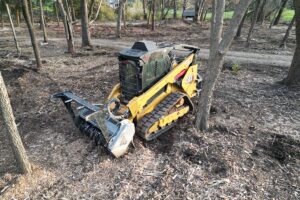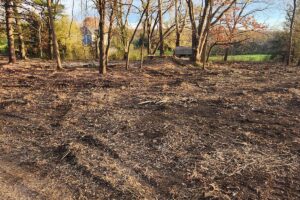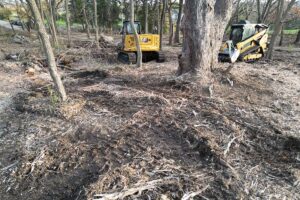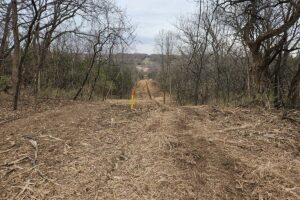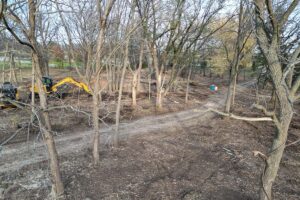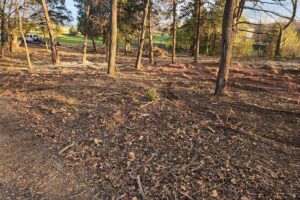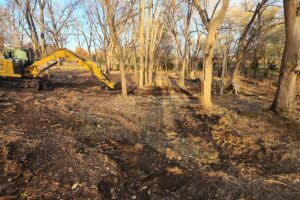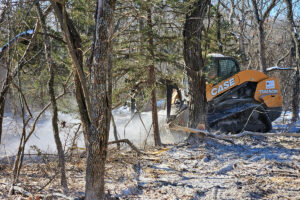FORESTRY MULCHING
ECO-FRIENDLY TRANSFORMATION
Forestry mulching is a highly effective land management technique that Legacy Timber has been utilizing with great success. Using specialized machinery, densely vegetated areas are cleared by grinding trees, shrubs, and other vegetation into mulch. This innovative technique has numerous benefits, including improved soil quality, reduced erosion, and enhanced wildlife habitat. Our skilled team ensures that no burning or hauling is necessary, leading to significant cost savings and a smaller environmental footprint. Additionally, forestry mulching allows for quick and efficient clearing, making it an ideal solution for land preparation, right-of-way maintenance, and wildfire prevention. At Legacy Timber, we are proud to offer this eco-friendly and sustainable approach to land management.
Legacy Timber Forestry Mulching
- Locally Owned & Operated
- Eco-Friendly Land Clearing
- Customized Solutions
- Minimal Ground Distrubance
- Fast, Efficient Service
- Experienced Operators
- Transparent Pricing
Follow Us
Catch Us on Instagram
Ready to Transform Your Land? Let's Talk.
Schedule a free consultation with our team and let’s make things happen!

